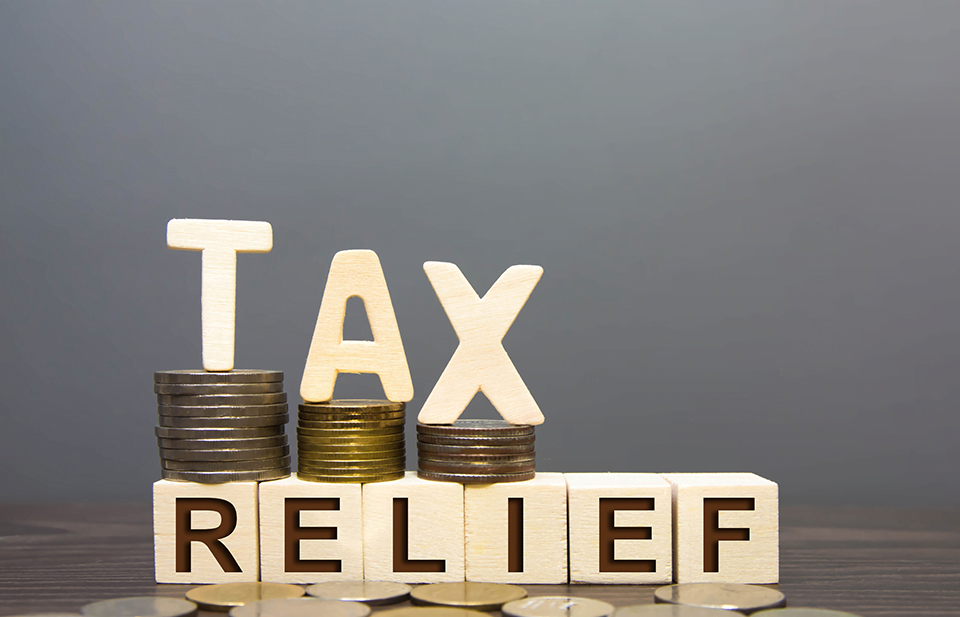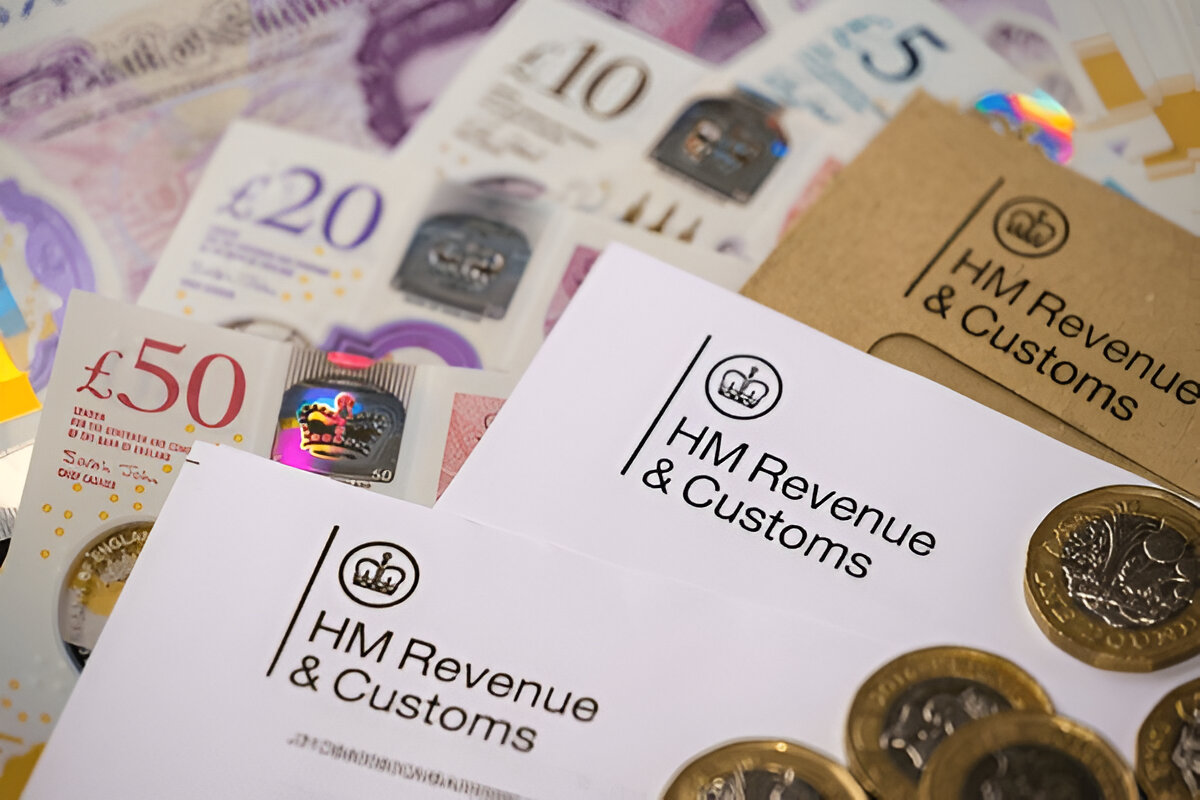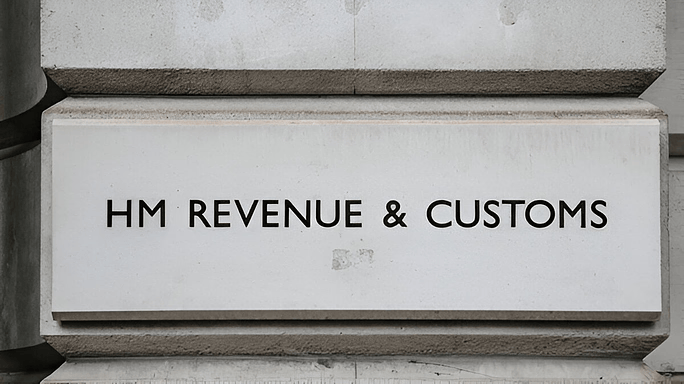
Tax Reliefs: How To Reduce Your Tax Bill
Have you ever felt like most of your income goes into paying tax bills? If yes, you must learn more about tax relief. It’s a way to cut down on the amount of tax you pay, leaving you with more money in your pocket. Whether it’s through deducting certain expenses or claiming back some of the tax you’ve already paid, tax relief can make a real difference. Let’s break it down so you can see how it works and how you might benefit.
What Is Tax Relief?
Tax relief helps lower the amount of tax you owe.
It works by letting you deduct certain expenses, like pension contributions, from your income. This means there’s less income to be taxed in the first place.
In some cases, you can claim tax relief after paying tax. For example, if you donate to charity and choose Gift Aid, you can claim back some of the tax.
Tax reliefs are on top of any personal tax-free allowances you already get. That means you get to keep more of what you earn while paying less in taxes.

Tax Relief for Job Expenses
Working from Home Tax Relief
If you work from home, even for part of the week, you might be able to claim tax relief.
During the COVID-19 pandemic, many people were required to work from home, which led to higher gas and electricity bills. HMRC introduced a tax relief option to help cover these costs. You can still apply for backdated relief for the 2020-21 and 2021-22 tax years if you worked from home because of COVID-19.
From 2022-23, however, you won’t qualify for this relief if working from home is simply part of your contract or by choice.
Travel Costs
You can’t claim tax relief for your daily commute to your usual workplace. But if you travel to a temporary workplace or need to go elsewhere for business, you might qualify under HMRC’s mileage allowance rates.
If you travel using public transport, you might get salary sacrifice scheme for season tickets from your employer. This lets you pay for tickets in monthly installments from your pre-tax salary, saving you money.
Uniform Costs
If your workplace has a uniform code, you may be eligible for tax relief on the costs of maintaining the uniform.
Uniforms include clothing that identifies your occupation, like a nurse’s uniform or a police officer’s gear. It can also cover specialized workwear, like safety boots or overalls, even if they don’t have logos.
Professional Subscriptions
If your job requires memberships or subscriptions to professional organizations, you might be able to claim tax relief. HMRC has a list of approved subscriptions to which you can refer.
Keep in mind you can’t claim for:
- Lifetime memberships.
- Subscriptions your employer paid for.
Tax Relief for the Self-Employed
If you’re self-employed, you can deduct the costs of running your business from your taxes. This includes office supplies, home office expenses, and even the cost of business premises.
If you’re VAT-registered, you can also claim back the VAT you’ve paid on eligible items when you file your VAT return.
Pension Contributions
Tax relief on private pensions means you get a little extra back when saving for your future. You can claim relief on contributions up to 100% of your annual earnings, capped at £60,000 per year (called the annual allowance).
If you’re in an employer’s pension scheme, tax relief is usually applied automatically. But if you have a personal or stakeholder pension, you’ll need to claim it yourself.
High earners may have a reduced allowance, so it’s worth checking your limits.
Tax Relief on Charitable Donations
Charitable giving can reduce your tax bill while helping causes you care about. Here’s exactly how tax relief works when you donate:
Payroll Giving
Some employers offer payroll giving schemes, where donations are deducted from your salary before tax. This means you receive immediate tax relief, making it easier to give more while paying less tax. Regular contributions also simplify your budgeting, as the donation comes straight out of your paycheck.
Gift Aid
Gift Aid lets charities to reclaim tax on your donation, boosting its value.
- For instance, if you donate £100, the charity can claim an additional 20% (or £25) from HMRC, making your total contribution worth £125.
- Higher-rate taxpayers (40% tax rate) can claim an additional 20% back via their tax return or by contacting HMRC.
This scheme is an easy way to maximize your support for charities without any extra cost to you.
Donating Assets
If you donate certain assets, you can claim income tax relief on their full market value. Eligible assets include:
- Listed and unlisted shares traded on recognized stock exchanges (like AIM).
- Units in authorized unit trusts or shares in open-ended investment companies (OEICs).
- Certain foreign investment holdings.
- Freehold or leasehold property, as long as the entire interest is given.
Donating assets not only helps charities but also provides a significant tax-saving opportunity.
By choosing one of these methods, you can make a positive impact while keeping more of your income.
Tax Relief That Landlords Can Claim
Rent-a-Room Tax Relief
With the Room-a-Room Scheme, you can take advantage when you rent out just one room instead of the whole property. This enables you to earn up to £7,500 per year tax-free due to which it becomes an attractive option for homeowners seeking to generate extra income.
Replacement of Domestic Items Relief
Landlords are allowed to claim tax relief for replacing domestic items such as:
- Beds & carpets
- Crockery, cutlery, and curtains
- Sofas, refrigerators, washing machines, and other white goods
This relief applies only to like-for-like replacements and allows the cost to be deducted from your taxable income. It’s a practical way to manage maintenance expenses while reducing your tax liability.
Mortgage Interest Tax Relief
The mortgage interest tax relief rules for buy-to-let or BTL properties have got modified significantly:
- You can no longer deduct mortgage expenses directly from your rental income.
- Instead, you receive a tax credit equivalent to 20% of your mortgage interest payments.
This shift impacts higher-rate taxpayers more significantly but still provides some relief to offset mortgage-related costs.
By comprehending these tax relief options, it’s easy for landlords to manage their expenses effectively while maintaining compliance with HMRC.

Tax Relief on Qualifying Loan Interest Payments
When repaying specific types of loans, you may be eligible for tax relief on the interest payments you make. This benefit helps reduce your taxable income and lower your overall tax bill.
Types of Loans That Qualify
Tax relief is typically available for the following loans:
- Loans to purchase shares in the company of borrower or to finance loans to the company provided it is not an investment company.
- Loans to invest in specific partnerships, including trading or professional partnerships.
- Loans to buy plant and machinery for use in a trading, professional, or property partnership’s business.
- Loans taken to pay inheritance tax, helping ease financial burdens during estate management.
How It Works
If the loan meets the eligibility criteria, you can deduct the total interest paid during the tax year from your taxable income. This effectively reduces the amount of income subject to tax.
Example
Imagine you earn £30,000 annually and pay £5,000 in loan interest on a qualifying loan.
- Without the deduction, you’d pay tax on £30,000.
- By deducting the £5,000, your taxable income is reduced to £25,000.
- If you’re a basic-rate taxpayer (20%), this deduction lowers your tax bill by £1,000.
By knowing these provisions, you can make better financial decisions while ensuring compliance with tax regulations.
Tax Relief for Married Couples and Parents
Married Couple’s Allowance & Marriage Allowance
Married couples & civil partners can benefit from tax relief schemes designed to share allowances between partners, helping to reduce their overall tax burden. Two key schemes are the Married Couple’s Allowance (MCA) and the Marriage Allowance.
Married Couple’s Allowance (MCA)
The Married Couple’s Allowance is applicable to couples where one or both partners were born before 6 April 1935. This allowance works by lowering the tax bill of one spouse by 10% of the allowance they’re provided.
- Typically, the husband receives the allowance, but for couples who married or became civil partners on or after 5 December 2005, the allowance is offered to the partner with the higher income.
- The allowance is also reduced based on the higher-income partner’s earnings.
Marriage Allowance
The Marriage Allowance is available for couples where both partners were born after 5 April 1935. This scheme allows one partner earning below the personal allowance of £12,570 to transfer 10% of their personal allowance to their partner.
- The recipient must be a basic-rate taxpayer (earning between £12,570 and £50,270).
- The higher-earning partner then gets a tax credit, reducing the amount of income tax they owe.
These allowances can give significant savings, so it’s worth exploring if you qualify.

Tax Relief on Maintenance Payments
If you’re making maintenance payments to an ex-spouse or civil partner, you might be eligible for Maintenance Payments Relief, which offers a 10% reduction on the amount you pay, up to £428 annually. To qualify, the following conditions must be met:
- At least one of you must have been born before 6 April 1935.
- The payments should be made under a court order after the relationship has ended.
- The payments must be for the maintenance of your ex-spouse or civil partner, as long as they are not remarried or in a new civil partnership, or for children under 21.
This relief can help reduce your tax bill while supporting the financial obligations you have after separation.
Tax-Free Childcare Benefit
The Tax-Free Childcare scheme is a government-initiative that lets working parents to receive up to £2,000 per year per child to help cover childcare costs. The money is paid into an online account and can be used for approved childcare services.
It’s important to note that the childcare vouchers scheme was closed for new applicants in October 2018. However, if you were already enrolled in the scheme, you can still continue to use it.
How to Claim a Tax Refund
If you believe you’ve overpaid tax or missed out on tax reliefs, you were eligible for—such as pension contributions, fuel costs, or maintaining work clothing—you can use HMRC’s free online service to claim back the excess. Most tax reliefs can be backdated for up to four years.
There have been concerns over some agents charging excessive fees for routine tax claims. Recently, HMRC warned that it would crack down on such practices, so always exercise caution when selecting an agent.
Reduce Your Tax Bills with Professional Accountants’ Assistance!
With Cangaf Accountants by your side, you can confidently tackle tax reliefs and deductions to lower your tax bills. Our expert guidance ensures you take full advantage of available opportunities and helps you save more. Let Cangaf’s professionals simplify your tax matters and keep your finances in check.
Apply for Council Tax Reduction
If you’re on a low income or receiving benefits, you may be eligible for a reduction of up to 100% on your Council Tax bill. This resource guides you through the application process.
Tax on Your Private Pension Contributions: Tax Relief
Contributing to a private pension scheme can offer significant tax relief. This page explains how pension contributions are taxed and how you can claim relief to reduce your taxable income.
Claim Tax Relief for Your Job Expenses
If you’ve incurred work-related expenses, such as uniforms, tools, or travel costs, you might be entitled to tax relief. This guide details the types of expenses you can claim and the process for doing so.


